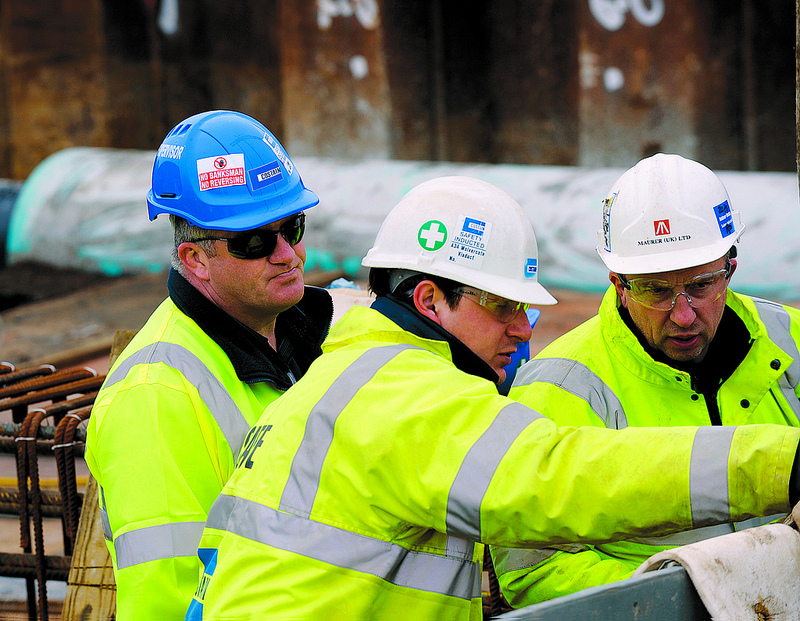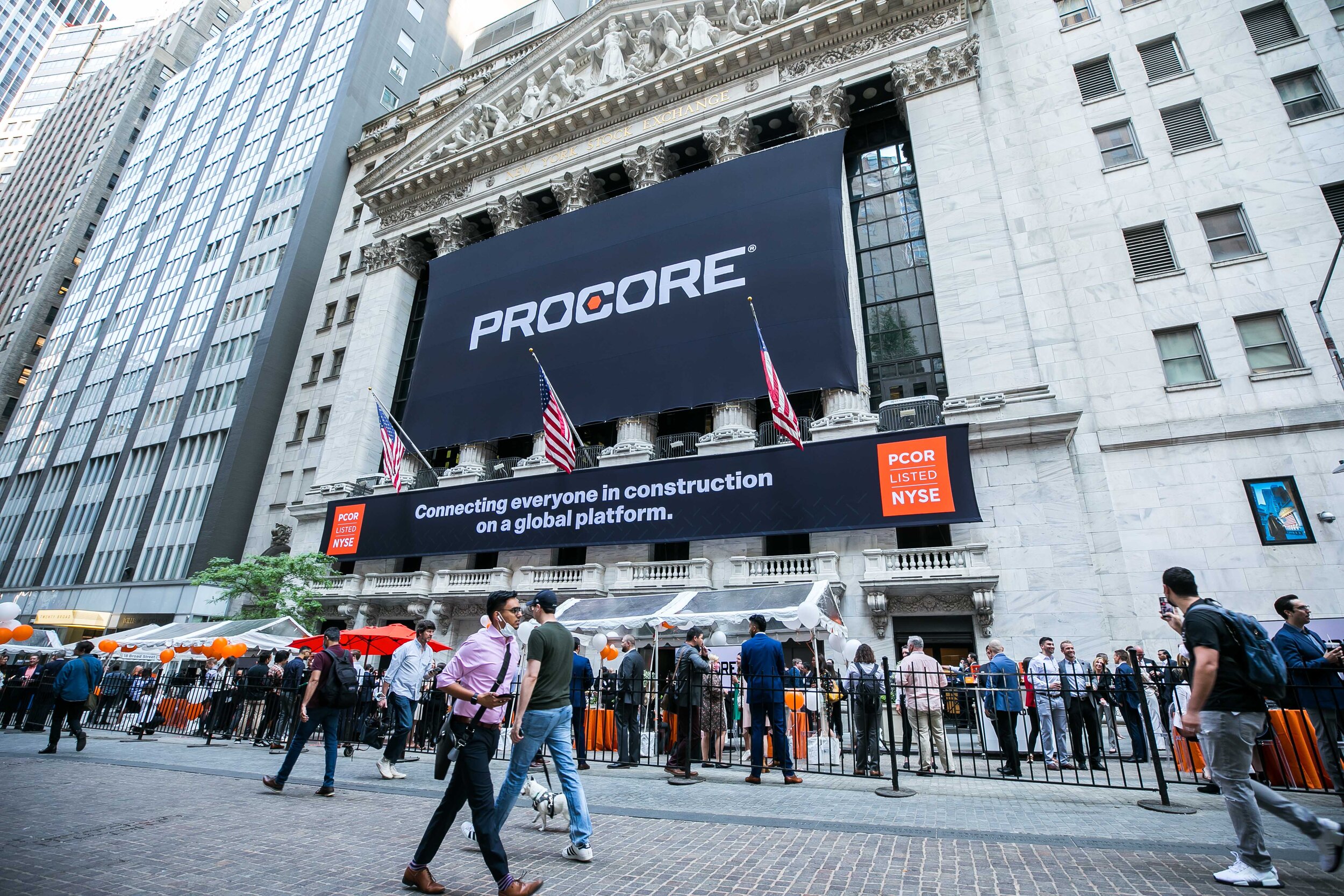The construction industry has been searching for years for ways to get out of the two-dimensional world of paper construction drawings to make visualization and collaboration easy and beneficial to all parties. Unless you constantly work with 2D drawings, it’s extremely difficult for someone to determine what the final product will look like, which leads to tons of last second changes and a mad dash to finish on time. While Revit’s three and four-dimensional drawings are a step in the right direction, Trimble and Microsoft have an idea to get those models out of the computer and onto the job site.
Trimble, the company behind SketchUp and several other construction technologies, has recently partnered with Microsoft to bring the HoloLens, which is a holographic Windows 10 platform, to the construction industry. We’ve already deemed Microsoft’s updates to their new operating system, Windows 10, as a game changer in the tablet world, and now it’s providing yet another exciting development that the industry should get behind.

The Microsoft HoloLens is a holographic headset that looks like a sleeker version of the headsets you would have seen at an arcade in the late 1990s. With it, Trimble is determined to connect it to their cloud platform (Trimble Connect), 3D modeling software SketchUp, and their camera system that allows 360-degree pictures for measurements and visual documentation (Trimble V10 Imaging Rover). The Image Rover uses 12 calibrated cameras to create 3D models from pictures.
The HoloLens will allow architects to manipulate holographic images in 3D in real time with just the click of a mouse or a specific movement of their own fingers. On the job site, the user will be able to project images onto the wall, take pictures and communicate visually with people outside of the job site. Imagine being able to project the layout of a wall into the actual area on your job site that you’ll be building that wall. Not only will that prevent a lot of costly rework, it will make it amazingly quick and easy to layout the wall and build it exactly to specifications, without going back and forth between your set of plans, your spec book, and the build area.
While Trimble’s software solutions integrated with HoloLens are still under development, the video below shows Trimble’s ultimate vision for this product. The results are pretty exciting.
Trimble and Microsoft HoloLens | Trimble
In the midst of fierce discourse over the bipartisan infrastructure bill lies a unique opportunity for the United States.
Last summer, Hilti announced that they had developed their first exoskeleton designed for construction tradespeople in a partnership with Ottobuck, a prosthetics, orthotics, and exoskeleton provider. Earlier this month, Hilti officially released the exoskeleton, announced more details, and published its retail price on their website.
Cat Phones is known to make some pretty rugged smartphones, the kind of phone you don’t have to worry about on the jobsite – even without a case. Licensed by the construction equipment giant, Caterpillar, the phones are made by the UK-based Bullitt Group. The company recently announced the release of their new flagship smartphone model, the CAT S62 Pro.
The construction technology world has been no stranger to acquisitions and mergers in recent years, as many larger players are gobbling up startups and other specialty software to quickly grow their offerings and expand their value to their customers. The latest acquisition comes from a somewhat surprising source, however, as Stanley Black & Decker, the power tool and storage company, has acquired Buildup, a task management, punch list, and inspection software company.
Father’s Day 2021 is June 20, so you better get started on gift ideas if you want to impress dad this year. Whether your father is contractor, handyman, or DIYer, we’ve got a lot of great ideas for him this year.
For more more gift ideas, be sure to check out our past Father's Day Gift Guides from 2016, 2017, 2018, and 2019 or our Ultimate Construction Holiday Gift Guides from 2015, 2016, 2017, 2018, 2019, and 2020
Procore, the construction management software company, has been rumored to be interested in filing for an IPO since at least 2019. In the Spring of 2020, Procore ended up delaying its plans to go public after it received $150million in funding and a valuation of around $5 million, citing interest in raising more money amidst an uncertain economy during the heart of the coronavirus pandemic.
It’s that time again to begin Construction Junkie’s annual search for the best construction podcast! Now in our 7th year of the competition, we’re noticing a considerable increase in construction-related podcasts from every sector.
While still new in the construction industries, robots are typically designed to perform a specific task in a highly precise and efficient way, like the rebar tying robot, Tybot or the brick-laying robot Hadrian X. More recently, though, robots are being imagined as platforms for 3rd party companies to develop hardware and accessories to attach to the base robot, like the Boston Dynamics robotic dog, Spot. I recently came across a new robot, called Baubot, which hopes to one day perform tasks using every tool on a typical jobsite.
Autodesk announced the impending release of 3 new products, combining the best of all of their existing products and adding new features, at last year’s virtual Autodesk University. Those products (Build, Takeoff, and BIM Collaborate) are now fully available on a global scale, with Takeoff being the most recent release.
Last summer, we learned that Travelers Insurance believed that using Procore as a project management tool helped contractors reduce risk on their projects so much that they were willing to help pay for them to join the platform. That deal was previously limited to customers in 10 US states, but Travelers and Procore have collaborated to further expand that program.












